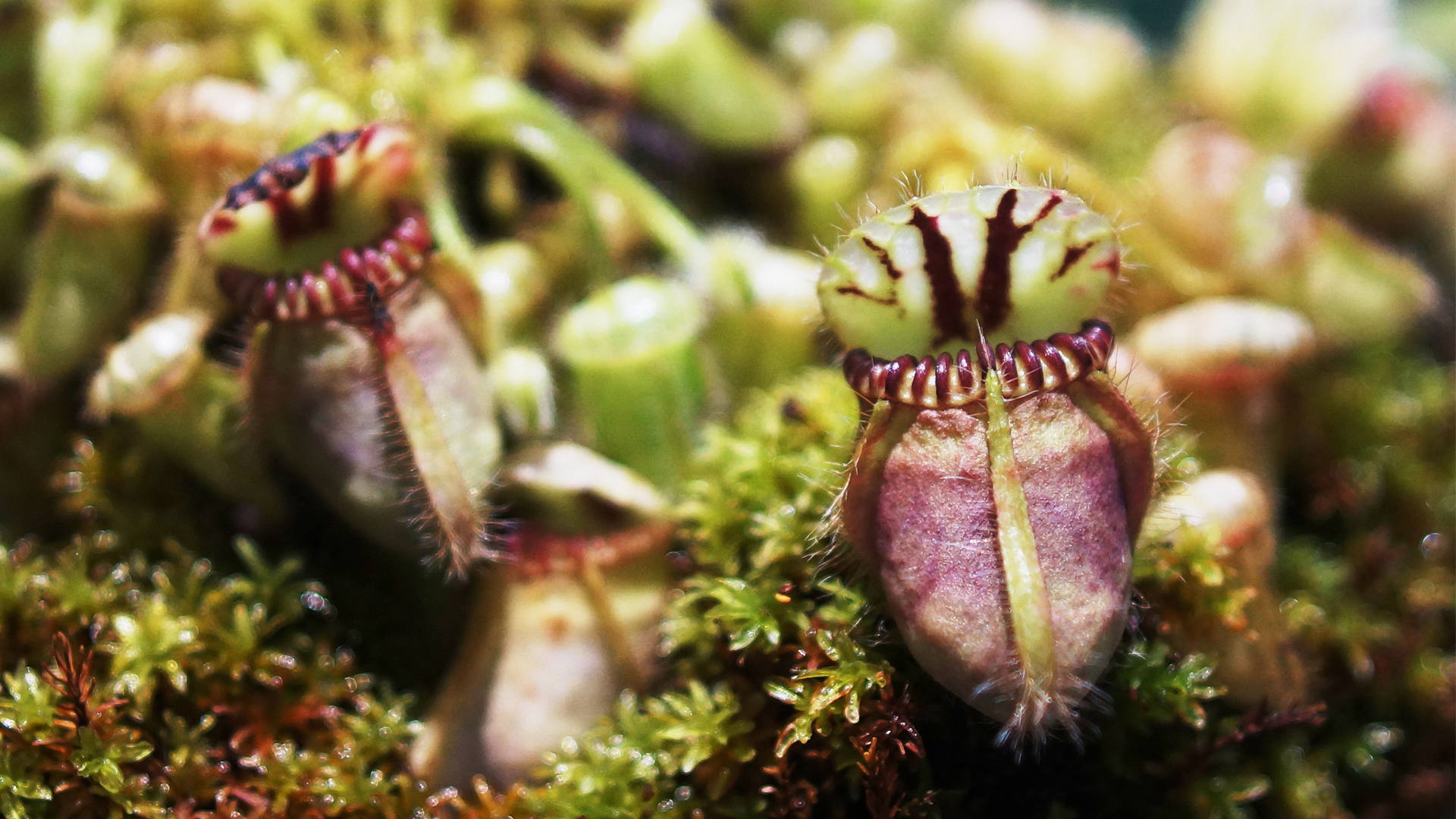Venus Flytraps and Pitcher Plants are carnivorous plants that capture and eat insects for their nutrients. They have unique mechanisms for trapping prey, with Venus Flytraps being triggered by touch and Pitcher Plants attracting insects to their brightly colored rims. While Venus Flytraps are designed to capture small insects, Pitcher Plants are capable of capturing a wider range of prey. Both plants require special care and maintenance to thrive, and they are effective at capturing and digesting insects for their nutrients. It is difficult to determine which one is the deadliest, but both plants are fascinating and deadly carnivorous plants.
Venus Flytrap vs. Pitcher Plant: Who is the Deadliest Carnivore?
Introduction
Both Venus Flytraps and Pitcher Plants are carnivorous plants that capture and eat insects for their nutrients. These plants have unique mechanisms for trapping prey and have fascinated scientists and plant lovers for centuries. In this article, we will compare and contrast the Venus Flytrap and Pitcher Plant to determine which one is the deadliest carnivore.
Appearance
Venus Flytraps are small and compact plants that grow close to the ground. They have a rosette of leaves with a distinctive lobed shape that resembles the jaws of an animal. The edges of the trap are lined with small, hair-like projections that sense when an insect has landed and trigger the trap to close. After capture, the trap seals tightly and digestive enzymes break down the insect.
Pitcher Plants, on the other hand, are tall and slender plants that grow up to three feet tall. They have a distinctive pitcher-shaped structure that is lined with digestive fluid. The rim of the pitcher is often brightly colored and has a slippery texture that makes it difficult for insects to climb out. Once an insect is trapped, it falls into the fluid and is digested by enzymes.
Trap Mechanism
While both Venus Flytraps and Pitcher Plants are carnivorous, they have different methods of capturing prey.
The Venus Flytrap’s trap mechanism is triggered by touch. When an insect lands on the hairs that line the edges of the trap, the trap snaps shut. The insect is then trapped inside the tightly sealed trap, and digestion begins.
Pitcher Plants have a passive trap mechanism. Insects are attracted to the brightly colored rim of the pitcher, which may have a sweet scent. Once inside, the slippery walls of the pitcher make it difficult for insects to climb out. The insect eventually falls into the digestive fluid at the bottom of the pitcher and is digested by enzymes.
Deadliness
While both Venus Flytraps and Pitcher Plants are effective at capturing insects for their nutrients, there are differences in their deadliness.
Venus Flytraps are designed to capture small insects, like flies and ants. These insects are lured into the trap by the sweet scent of nectar produced by the plant. While the Venus Flytrap may capture larger insects, it is less likely to be successful in capturing them.
Pitcher Plants are capable of capturing a wider range of prey than Venus Flytraps. They can capture insects as small as ants and as large as wasps and bees. The slippery surface and deep digestive fluid of the pitcher make it difficult for insects to escape, resulting in a high success rate for the plant.
Care and Maintenance
Both Venus Flytraps and Pitcher Plants require special care and maintenance to thrive.
Venus Flytraps require a moist, well-draining soil and plenty of sunlight. They should be watered with distilled or rainwater, as tap water can contain minerals that are harmful to the plant. In addition, Venus Flytraps need to be fertilized with a solution that is high in nitrogen, as they obtain most of their nutrients from insects.
Pitcher Plants require a similar care regimen. They need a soil that is nutrient-poor and acidic, and they require regular watering with distilled or rainwater. In addition, pitcher plants need to be fertilized with a solution that is low in nitrogen, as they obtain most of their nutrients from insects.
Conclusion
Both Venus Flytraps and Pitcher Plants are fascinating and deadly carnivorous plants. While Venus Flytraps have a distinctive trap mechanism that is triggered by touch, Pitcher Plants have a passive trap mechanism that relies on the attraction of insects. While Venus Flytraps are designed to capture small insects, Pitcher Plants have a higher success rate with a wider range of prey. Both plants require special care and maintenance to thrive. While it is difficult to determine which one is the deadliest, it is clear that both plants are effective at capturing and digesting insects for their nutrients.
